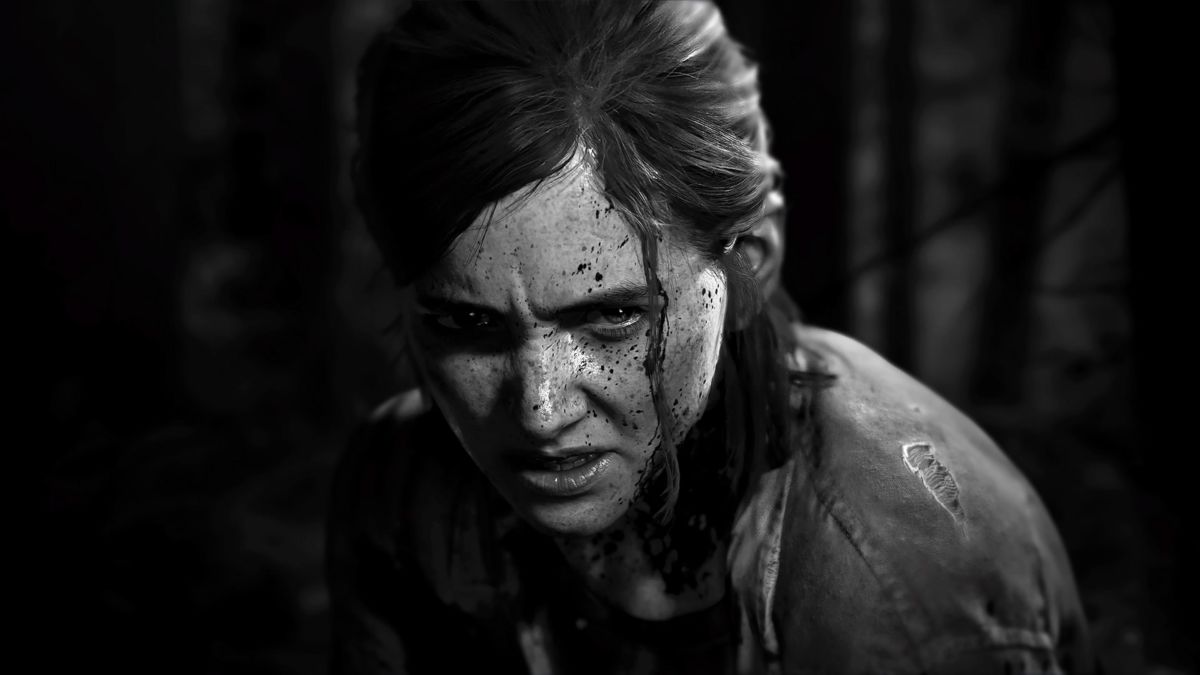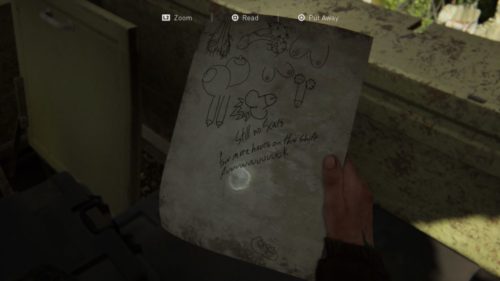
This review doesn’t go into story specifics, but it does mention the overall narrative structure of The Last of Us Part II and discuss character fates without naming them.
The Last of Us Part II is designed to create conversation, to make its players sit there and think about what they’ve done while the credits roll on the grim revenge ride they’ve been a passenger on for 25 hours. It foregoes the shining jewel of its predecessor to offer something that is almost ceaselessly disenchanting, cruel, and hopeless without the narrative depth or nuance to compensate.
Set five years after the original’s pitch perfect ending, The Last of Us Part II puts you in the (now much bigger) shoes of Ellie as she carves out a normal life in Jackson. She patrols for infected, strokes dogs, and has snowball fights with children. This is the closest to peace she has ever known, though an internal conflict casts a cloud over her. It’s not long before a violent act sends her down a path that she struggles to turn away from.
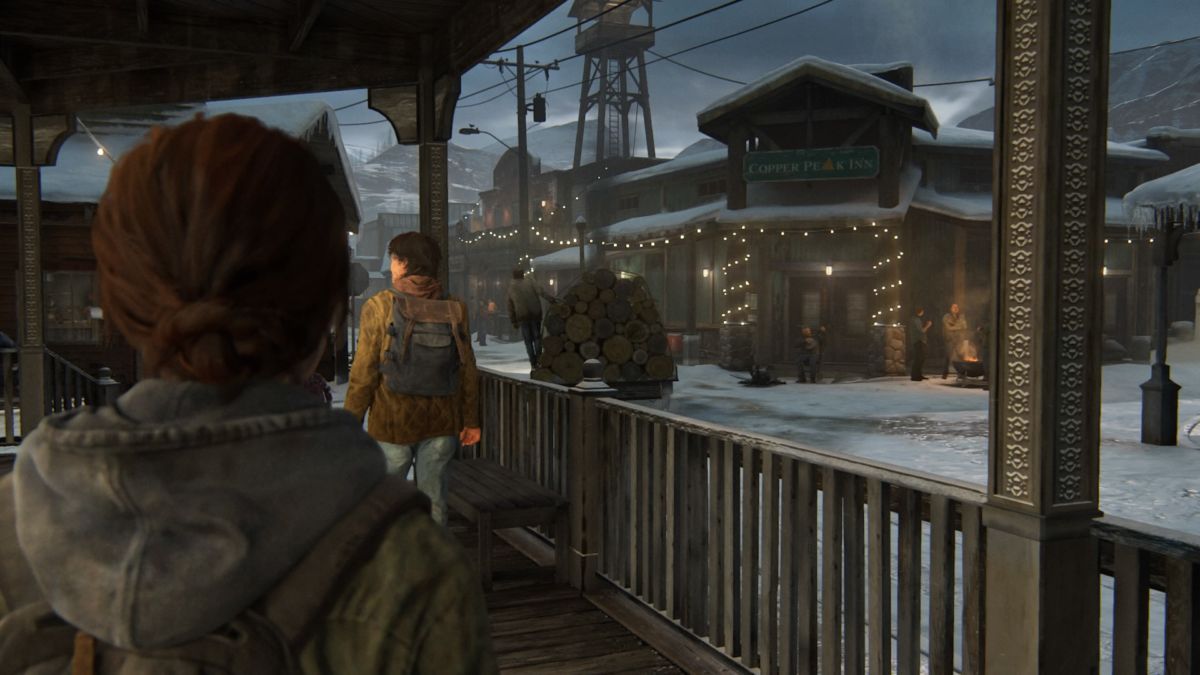
You embark on a trip to Seattle, the earliest sections of which promise a change from the linear formula that Naughty Dog has found comfort in for years. You are given a map of a desolate downtown area and then asked to find some items to make progress through a gate. This is probably the game at its best, you able to explore at your own leisure, discovering the beauty in the urban wilderness where ghosts of the past linger. Seeing Ellie and her companion questioning relics of a long destroyed civilisation brings back fond memories of the original game, though this time in even more astounding fidelity.
To say that The Last of Us Part II is a looker would be to undersell it. It’s quite remarkable what Naughty Dog have been able to squeeze out of what is an almost seven-year-old system, the attention to detail bordering on the obsessive. Almost everything you touch is effected by your actions, so whether that’s tall grass cutting a path for you as you walk through it or items on a table bouncing off and around when you bump into them, The Last of Us Part II’s dedication to the little things is second to none. You’ve no doubt seen that rope video by now, but the game is full of marvels like that.

These added intricacies go a long way towards distracting from how little the overall gameplay has changed. The Last of Us Part II doesn’t revolutionise the solid combat and stealth of its predecessor, opting to add more ways of tackling enemies instead. Whereas previously you may have felt funnelled into a particular way of taking on a foe, its sequel allows you to go in all guns blazing, quietly, or not at all — sometimes. We’ll get to that “sometimes” later.
Combat environments are more open than ever with multiple places to duck into and flank enemies from, and patrol paths feel far less rigid this time out. The difficult-by-design aiming returns, creating plenty of anxiety while you try to perfectly line up a shot from tall grass, knowing that missing it will cause a whole lot more trouble. Enemy viewcones feel more punishing as well, so if you want to slink by, understanding enemy patterns and finding their blindspots is key.
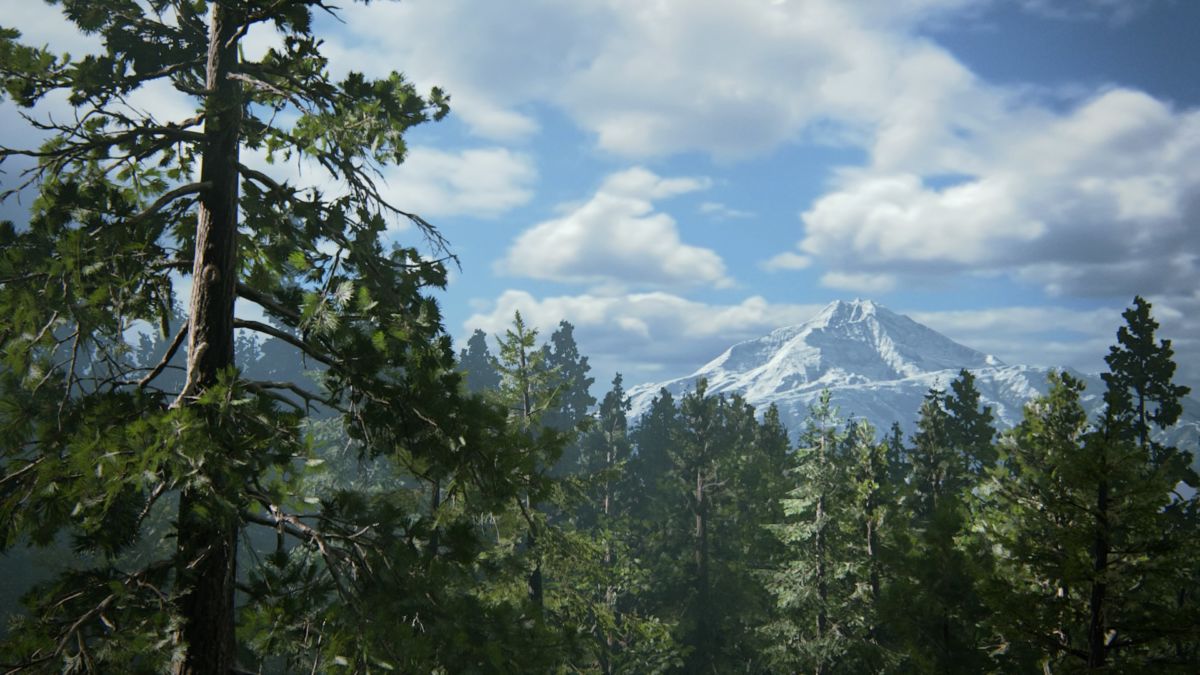
There’s also a noticeable sense of improvement in your gear the more you upgrade them at meticulously animated workbenches. You can find scrap to enhance your weapons, so whether that’s a scope for your rifle or better recoil for your peashooter, there’s a much greater sense of personality in how you can approach situations. Collecting and popping pills also allows for better abilities, such as being able to more effectively stalk enemies from cover before taking their life from them in grisly fashion before scarpering into the darkness again.
As rewarding as taking them out carefully one-by-one feels, all-out carnage also has its merits and, again, shows the level of detail Naughty Dog were striving for. Every enemy has a name, something that their friends like to shriek out when you kill them in plain view. It was definitely discomforting to hear someone cry out the name of my partner in real life when I dispatched of their friend, let me tell you. Sure, it’s unnecessary and a blatant guilt trip, but it humanises the pixels on-screen remarkably and makes you question your actions. Well, to begin with. This, along with the slow, painful deaths of your enemies in which they cry out in agony and writhe around, grows so commonplace that it just becomes disaffecting.
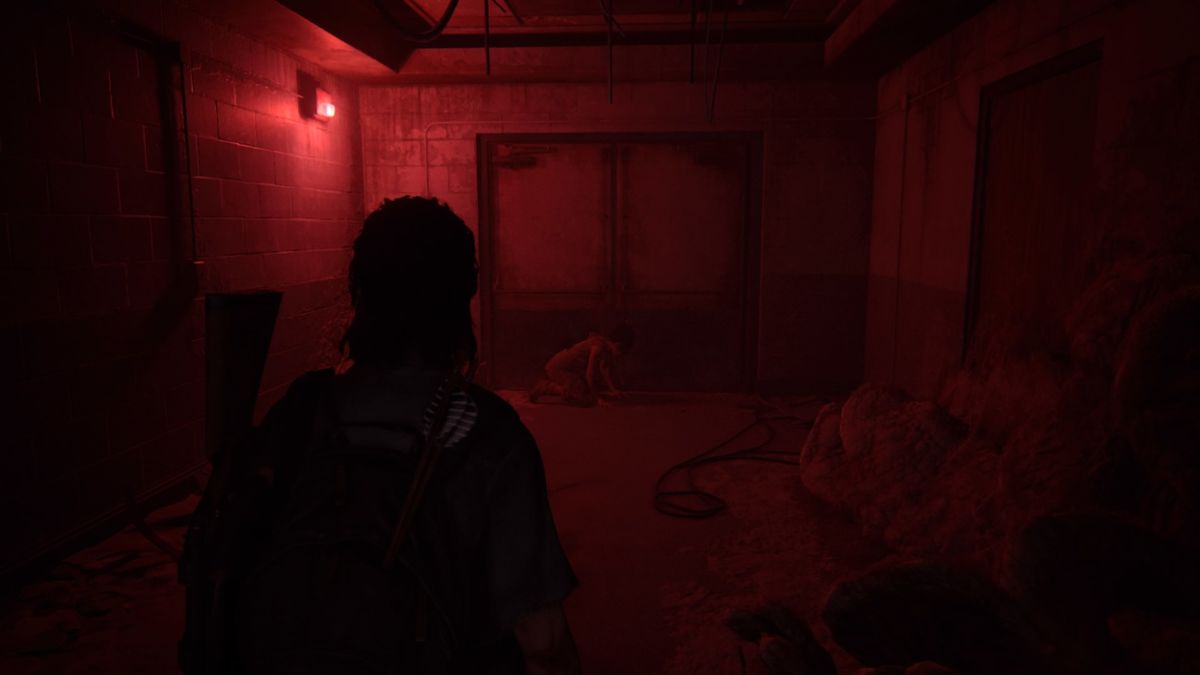
It’s odd that so much care and attention is paid to the deaths of fleshed-out fodder and so little to characters of actual importance. The Last of Us Part II seems to have a weird thing for “snap” deaths for shock factor, in which characters die without warning and without the game sparing them a second for respects. There’s almost no point in investing in most of the secondary characters as they will likely be gone in the next scene, them victims of the game’s blatant and heavy-handed themes.
The Last of Us Part II is a game all about hate and the effects of violence. It shows that killing has consequences, evidenced in the game’s first two hours with a shocking death that never quite sits right. From there, it pulls you down into a deep, dark pit of grief and how the loss of a loved one can lead to the loss of yourself, as well as the cyclical nature of violence itself. The Last of Us Part II is An Eye For An Eye: The Game, but it seems to struggle with such a simple and well-worn concept.

The game wants you to reckon with your actions while also revelling in the muck, it almost fetishising ultraviolence as viscera flies around, sticking to the ceiling before drooping down to the ground. You are shoehorned into situations that you have no control over as the player, so while it’s all well and good lamenting the cycle of killing, it feels entirely false-hearted when you have to kill enemies to make progress. It’s like an owner taking their dog out to go to the toilet, them doing so, and then the owner forcing the dog’s face in their own waste to reprimand them.
Speaking of dogs, The Last of Us Part II shamelessly tries to guilt trip you for killing one in a QTE that you have no choice but to indulge in, despite Naughty Dog saying you did. Shortly after this, you can then joyfully play with that same dog during a flashback. If Naughty Dog wanted to make the player question their actions, they probably should have done so with a bit more grace, not with the same heft as a pipe to the brain.
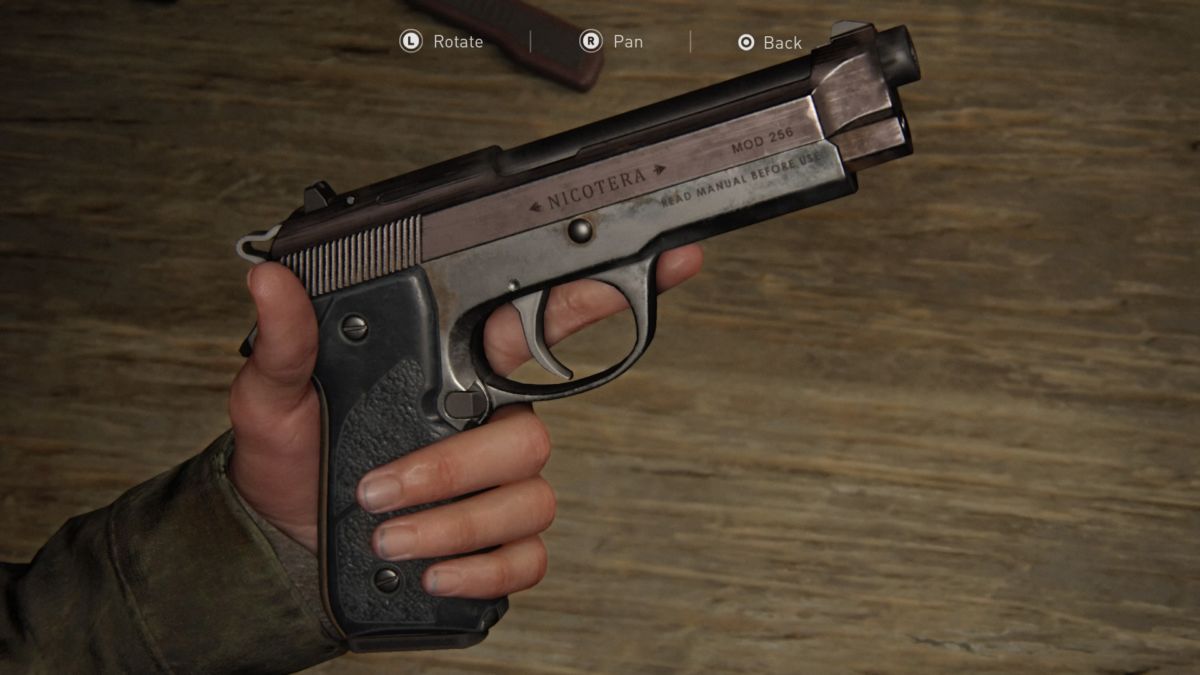
This flashback occurs during the misguided second half of the game, which may also be the endpoint for many’s investment in the narrative. Ten hours are devoted to what is an entirely unlikable character, whose redemption arc comes across as desperate and unearned. It also flies in the face of their characterisation to date, their actions coming out of absolutely nowhere and not making a lick of sense. If anything, it just makes them even more unsympathetic. The game seriously sags during these sections, which already feels laboured enough with its staggered progression.
It became a bit of a running joke how often traversal was halted by a blocked door or collapsing floor in my playthrough, The Last of Us Part II regularly making me take a more long-winded route. I was eventually able to call a new obstacle before my character confirmed it, every inch of progress feeling like a mile. Rather than opting for the smart puzzles of its predecessor to slow the pace down to their liking, Naughty Dog instead chose to just make almost every obstacle a literal obstacle course, you jumping around like an episode of American Ninja Warrior. While there is some deviation from this, like the aforementioned rope section, these constant obstructions just felt like padding.
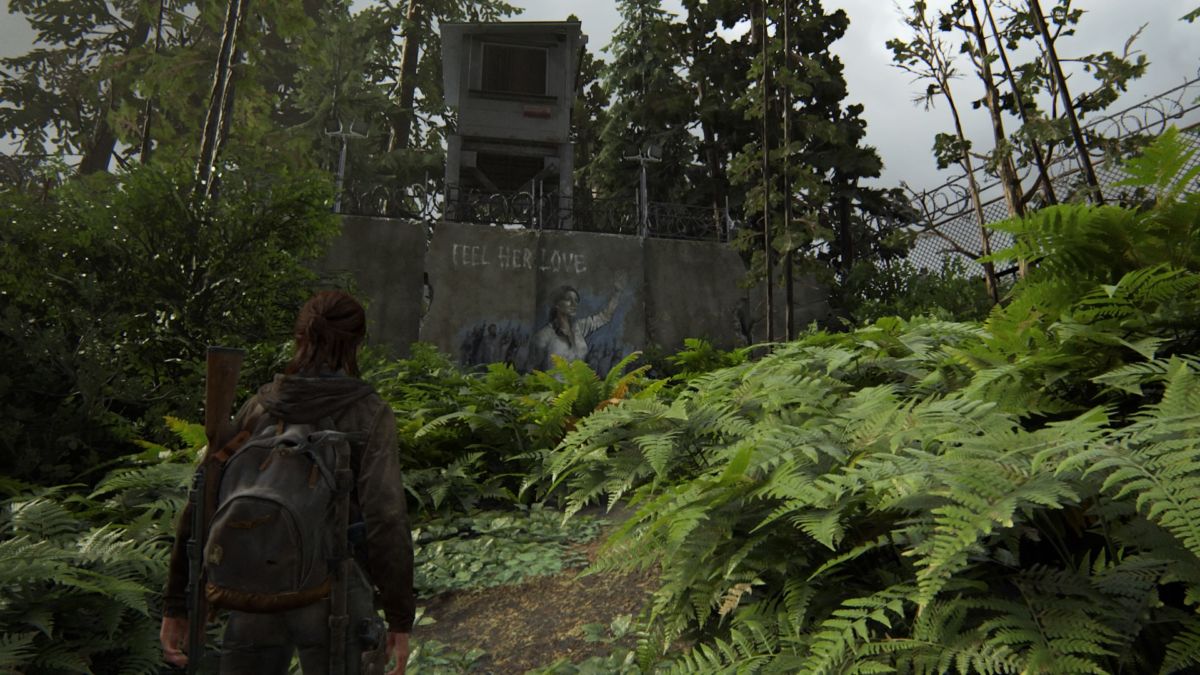
The Last of Us Part II makes a strong case for the brevity of its predecessor, it taking roughly 25 hours in total to see the credits roll compared to the original’s 15. Without that game’s incredible, perfectly-pitched dynamic, The Last of Us Part II’s oppressive tone and somewhat indulgent narrative structure really starts to weigh it down. I was ready for things to end at the fifteen-hour mark, but it just kept going, the extended interactive version of I Saw The Devil wearing me down the longer it dragged its feet.
It says a lot how starkly the game’s flashbacks stand out when compared to the rest of the game. Whereas the main meat of The Last of Us Part II is nihilistic to the extreme, these moments of normality offer much-needed hope, as well as some of the strongest writing. In fact, what I played during these flashbacks offered some of my favourite moments of this generation, so I was usually left bitter when I returned to the masochistic grime that the main narrative is propped up by. It felt like two very different teams developing these segments.
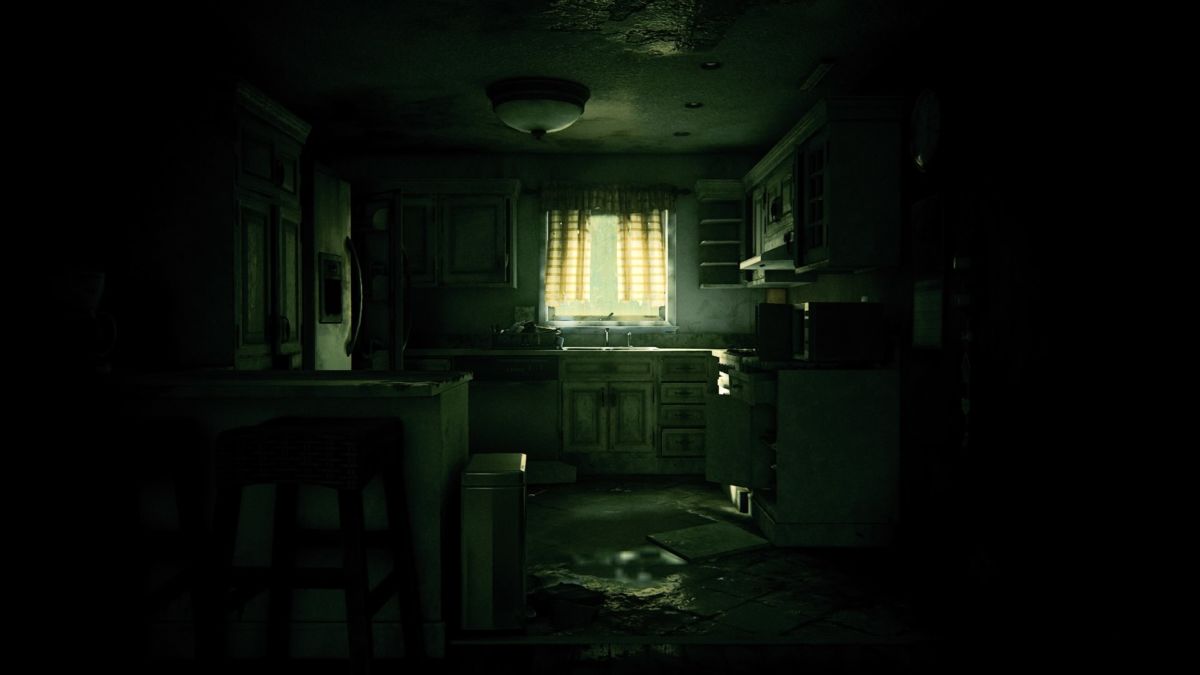
In terms of performances, The Last of Us Part II is stellar despite the failings of the script. Ashley Johnson is at her best here, turning in a complex portrayal of Ellie that carries everything. Motion capture is similarly outstanding, all movements and actions being as close to lifelike as I can remember in a video game. The world of The Last of Us Part II is also striking, nature reclaiming our world far more vividly than most depictions of the post-apocalypse could even dream of. From top to bottom, The Last of Us Part II is a technical masterpiece.
I just wish it had the story to match. In trying to subvert expectations, The Last of Us Part II discards the best aspects of its predecessor to provide a rote revenge tale that is ill-considered, ending on a note that makes everything — all the violence, all the loss, all the struggle — feel utterly, hopelessly pointless.
A PS4 code was provided by PR for the purposes of this review.
Some of the coverage you find on Cultured Vultures contains affiliate links, which provide us with small commissions based on purchases made from visiting our site.


